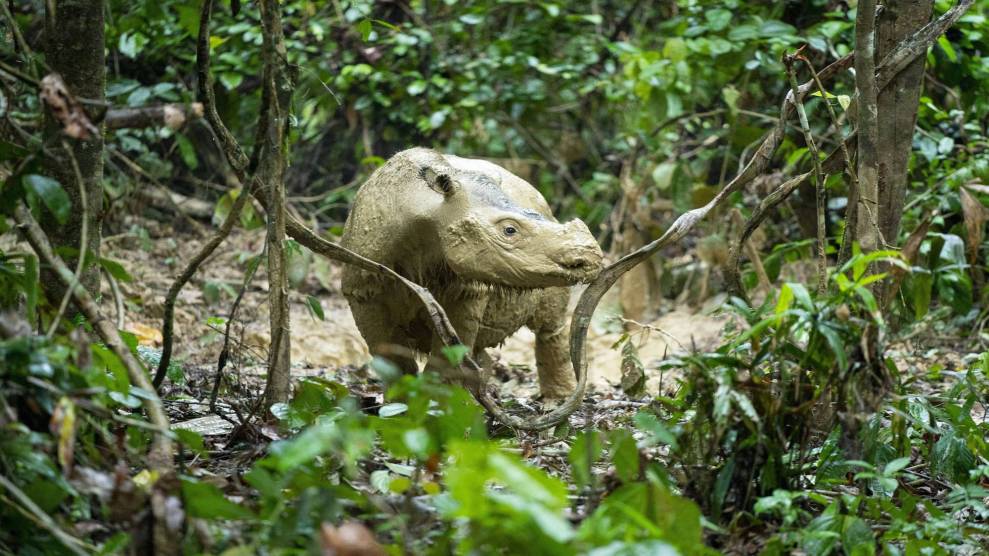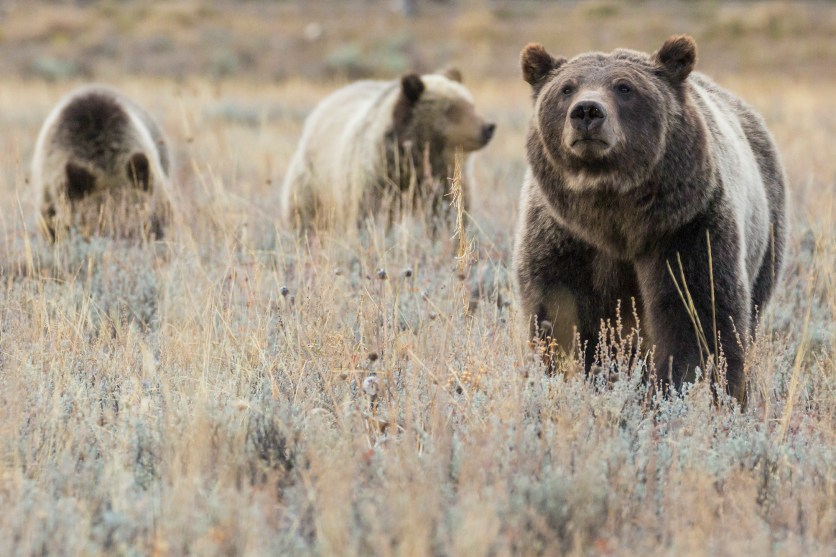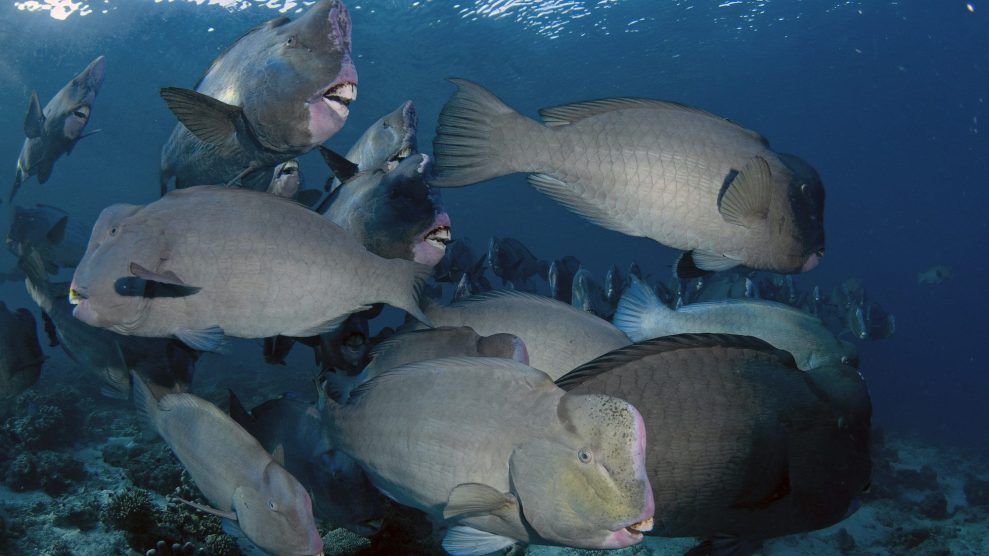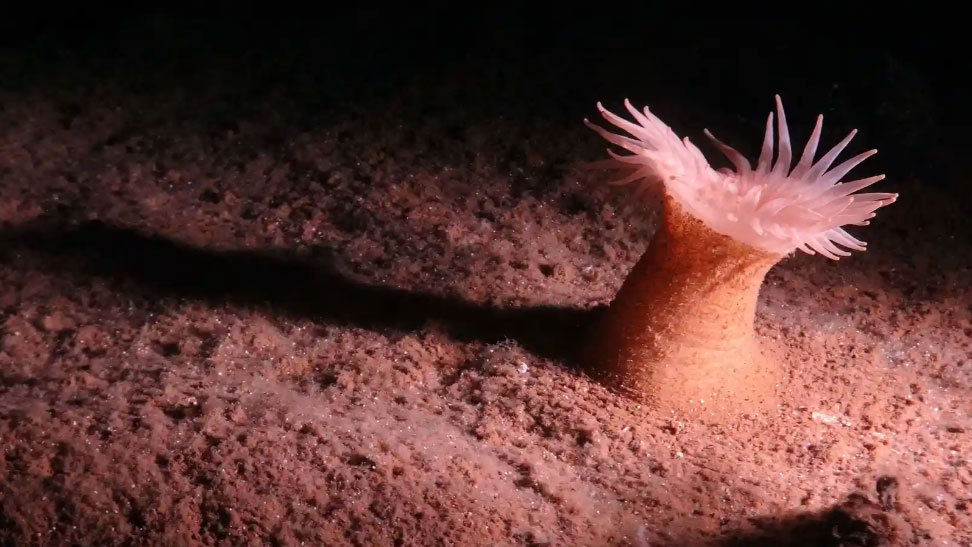
An anemone spotted in the CCZ.Smartex Project/NERC
This story was originally published by the Guardian and is reproduced here as part of the Climate Desk collaboration.
Scientists have discovered more than 5,000 new species living on the seabed in an untouched area of the Pacific Ocean that has been identified as a future hotspot for deep-sea mining, according to a review of the environmental surveys done in the area.
It is the first time the previously unknown biodiversity of the Clarion-Clipperton Zone (CCZ), a mineral-rich area of the ocean floor that spans 1.7 million square miles between Hawaii and Mexico in the Pacific, has been comprehensively documented. The research will be critical to assessing the risk of extinction of the species, given contracts for deep-sea mining in the near-pristine area appear imminent.
Most of the animals identified by researchers exploring the zone are new to science, and almost all are unique to the region: only six, including a carnivorous sponge and a sea cucumber, have been seen elsewhere.
Contracts for mining exploration in the CCZ have been granted to 17 deep-sea mining contractors in an area covering 745,000 square miles. The companies, backed by countries including the UK, US, and China, want to exploit minerals including cobalt, manganese and nickel, in part to sell to the alternative energy sector.
In July the International Seabed Authority, a quasi-UN body based in Jamaica that regulates deep-sea mining, will begin accepting exploitation applications from these companies.
To better understand the impact of mining this fragile ecosystem and its newly discovered inhabitants, an international team of scientists has built the first “CCZ checklist” by compiling all the records from expeditions to the region. Published in the journal Current Biology, it includes 5,578 different species, of which an estimated 88 percent to 92 percent had never before been seen.
“We share this planet with all this amazing biodiversity and we have a responsibility to understand it and protect it,” said Muriel Rabone, the paper’s lead author, a deep-sea ecologist at the Natural History Museum (NHM).
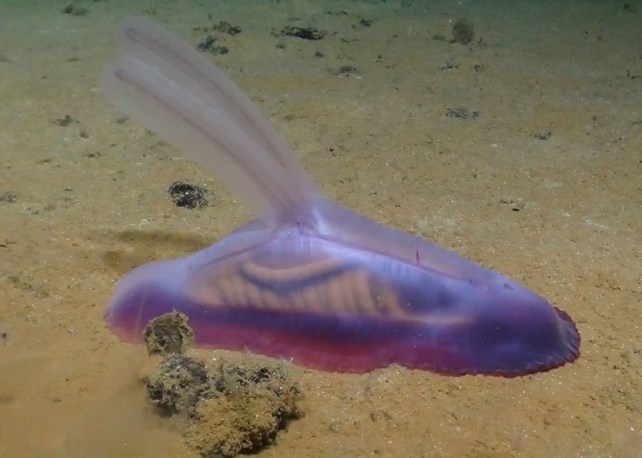
Psychropotes longicauda, a.k.a. the “gummy squirrel,” was among thousands of newly discovered creatures living in the depths of the Pacific Ocean.
Smartex Project/NERC
To study and collect specimens from the ocean floor, biologists have joined research cruises in the Pacific that send remote-controlled vehicles to traverse the seabed 4,000 to 6,000 meters below.
Dr Adrian Glover, a deep-sea biologist at the NHM and senior author of the study, who has taken part in several expeditions to the CCZ, most recently on the UK’s Smartex expedition, described it as an “incredible privilege.” The expedition, funded through the Natural Environment Research Council and others, is backed by UK Seabed Resources (UKSR), a deep-sea mining company that operates the UK’s exploration area.
The NHM has previously worked with UKSR and Deep Green, now the Metals Company, another mining firm, as a contractor in the area to provide baseline biodiversity data. It insists all data gathered is open-access in peer-reviewed literature.
The scientists watch operations by video link direct from the boat, as new species are gathered by remote operating vehicles in the darkness below. The seabed, Glover said, is an “amazing place” where, despite the extreme cold and dark, life thrives. “One of the characteristics of the abyssal plane is the lack of food, but life has a way of persisting down there,” he said. “It’s a mystery.”
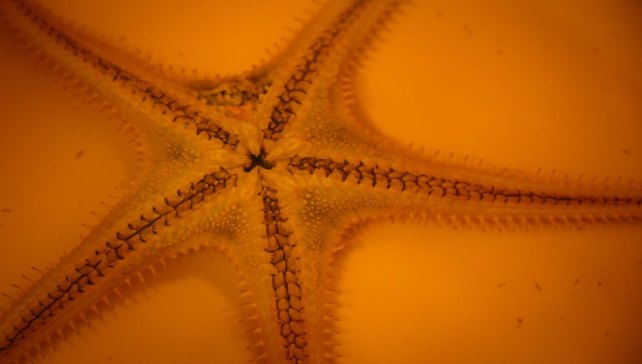
A sea star collected from the CCZ.
Leon Neal/Getty
One of the deep-sea animals discovered was nicknamed the “gummy squirrel”, because of its huge tail and jelly-like appearance, he said. There are also glass sponges, some of which look like vases. The most common categories of creatures in the CCZ are arthropods, worms, members of the spider family and echinoderms, which include spiny invertebrates such as sea urchins and sponges.
With approval for deep-sea mining looming, Glover said he believed it was “imperative that we work with the companies looking to mine these resources to ensure any such activity is done in a way that limits its impact upon the natural world”.
Asked about other scientists, including Sir David Attenborough, calling for a moratorium on deep-sea mining because of the irreversible damage they say it will do to ecosystems, Glover said he believed his role was to inform.
“Our role as scientists is not to decide if it can go ahead—it is to provide the data,” he said. “Everyone who lives on this planet should be concerned about using it in a sustainable way. There is a big discussion on the horizon and it is incredibly important to engage the public to find out what path people want to pursue. You have regulators, the governments and the public, who will listen and read the information, the pros and cons.
“In some ways I see it as very positive that we can come up with a regulatory structure before mining takes place. [In] other large industries, such as oil and gas, the regulations came later.”
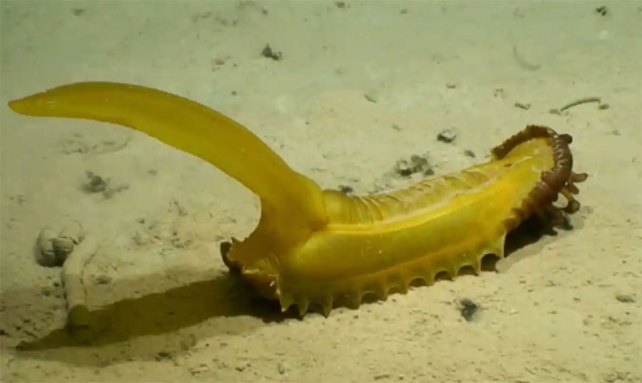
Another look at the creature scientists nicknamed “the gummy squirrel.”
NOAA Office of Ocean Exploration and Research

